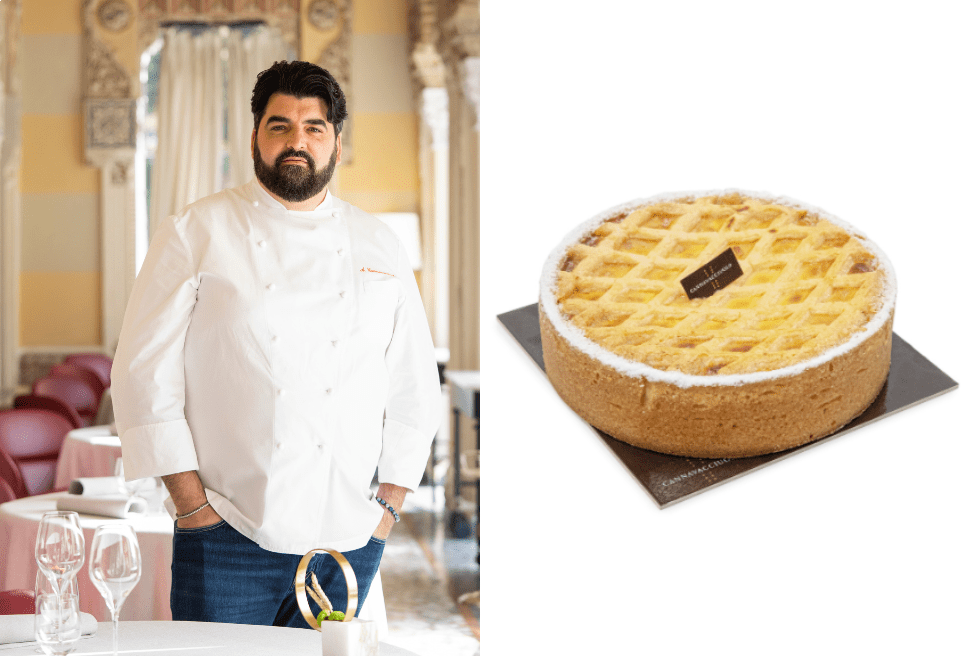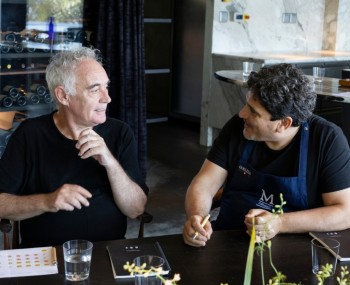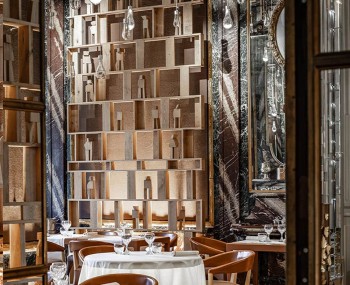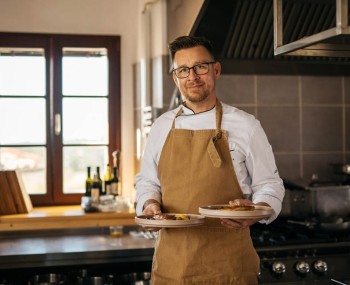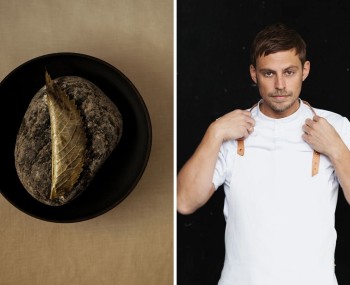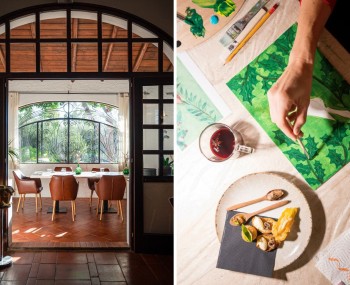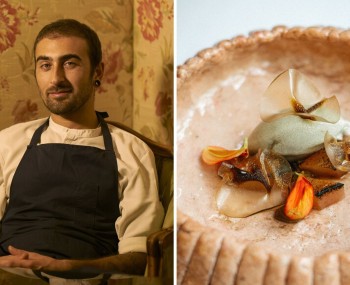Italian Easter? The tradition doesn’t stop at the dove shaped “Colomba” cake. In Naples, this celebration has always meant pastiera, a very ancient dessert that knows countless variations, including savory ones. This is the interpretation of Antonino Cannavacciuolo, Italy’s latest Three Starred MICHELIN Chef.
La pastiera from Antonino Cannavacciuolo
The story
More than a dessert, it is an emblem of Italian pastry making. And among the oldest, if it is true that past versions of the pastiera are said to have appeared in the rites of “cerealia”, the celebrations of spring in ancient Rome, and even in wedding feasts, as wheat and spelt bread stuffed with ricotta cheese. The first evidence of a recipe like today's is dates back to the 18th century in San Gregorio Armeno: the filling was the same, but instead of luxurious shortcrust pastry, a 'pastaccia' was made of flour, water, eggs, salt, as well as a little lard was used. In 1837, it was Ippolito Cavalcanti to finally codify the preparation.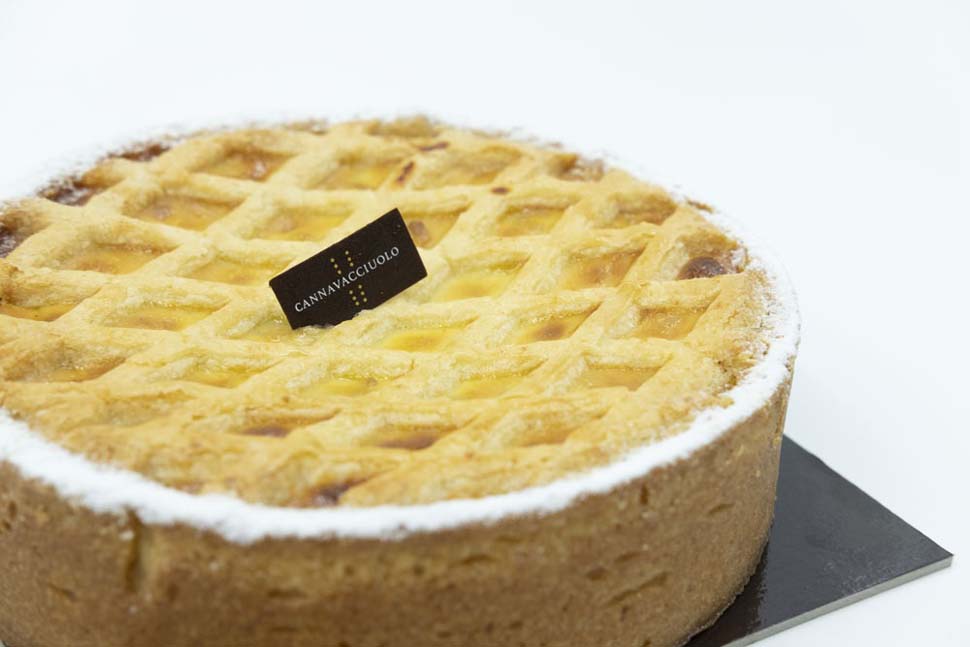 @Stefano Fusaro
@Stefano Fusaro
The dessert and its pairing
The pastiera, a symbol of Easter not only in the Campania region, has known countless variations over time: savory at first, is often still prepared with sausages and cured meats but also with custard, rice or tagliolini pasta. The interpretation of Antonino Cannavacciuolo, Italy's latest three Michelin-starred chef, fully respects tradition.

Almost an obsession for chef Cannavacciuolo, who’s also selling pastiera in glass jars on his e-shop and at his restaurant, Villa Crespi, he proposes a deconstructed version developed alongside pastry chef Pier Federico Pascale.
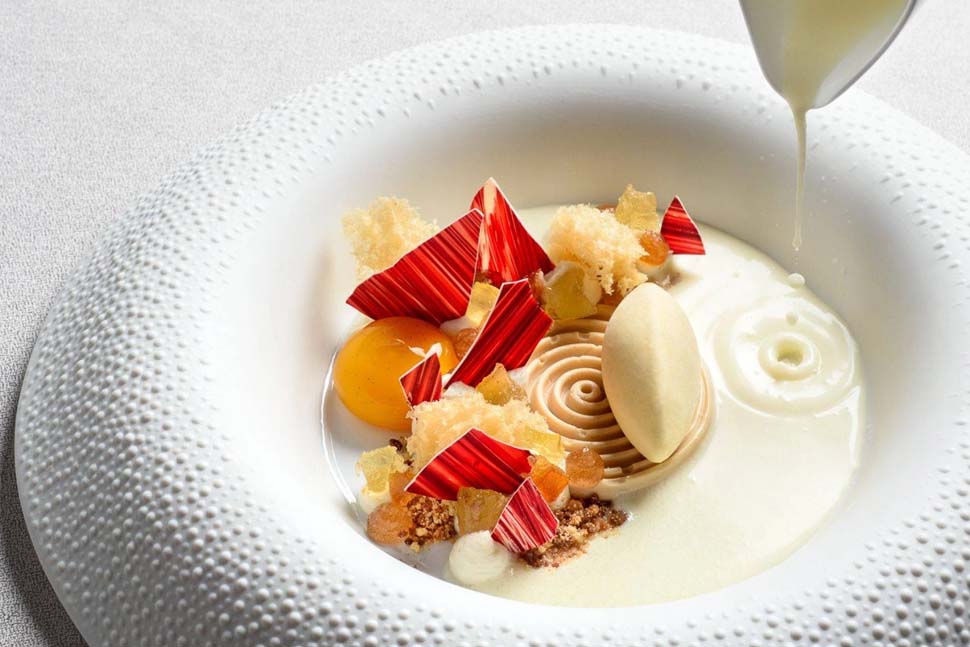 Pastiera scomposta @Francesca Pagliai
Pastiera scomposta @Francesca Pagliai
Here is the pairing proposed by Tommaso Caporale, aka “Mister bubbly”: "Softness calls for creaminess. The perfect match is the bubbly freshness of a falanghina wine, also from Campania, where the fruity aromas of citrus and acacia flowers combine with an elegant, sharp body.”
Pastiera recipe of Antonino Cannavacciuolo
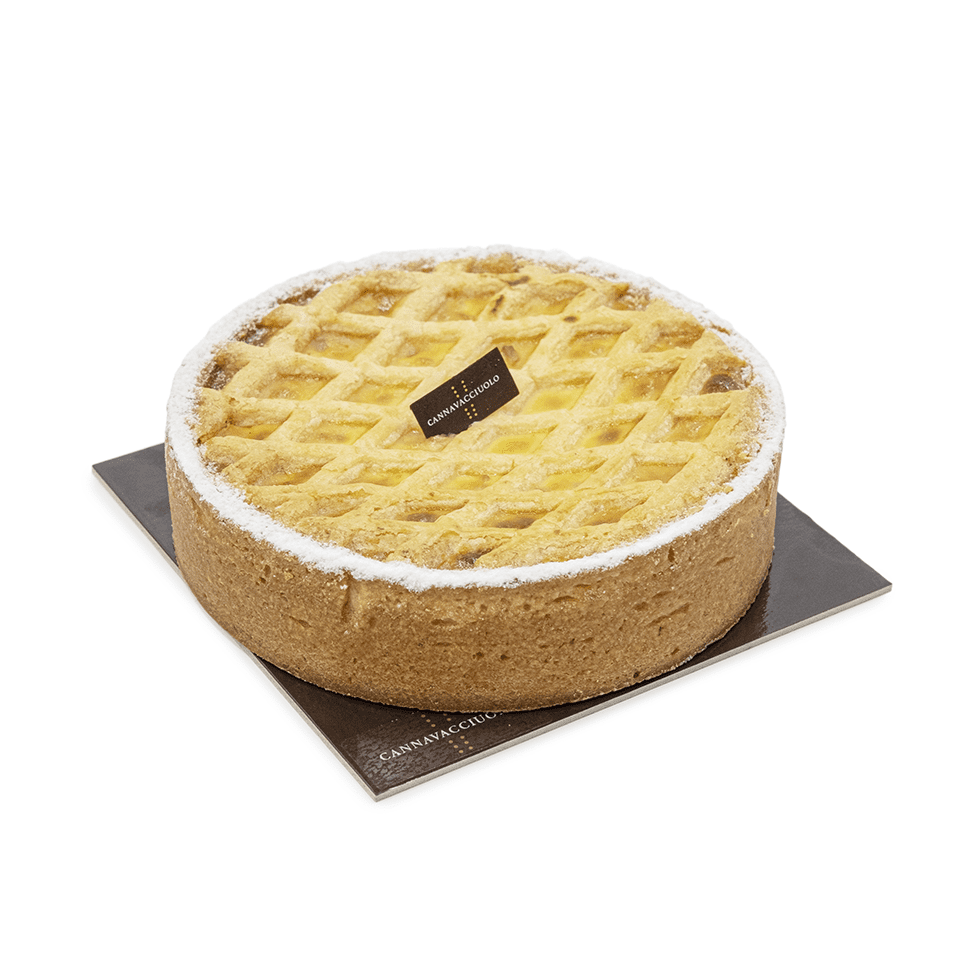
Ingredients for 12
Dough
390g of all-purpose flour
55g of almond flour
135g of icing sugar
75g of eggs
220g of softened butter
1 vanilla pod
2g of salt
Method
Mix for a few seconds in a standing mixer with a flat beater, or by hand, butter, almond flour, icing sugar, vanilla seeds, and salt.
One by one incorporate the eggs at room temperature, then add the all-purpose flour, until the mixture gains consistency.
Roll the dough into a ball and wrap it in cling film. Let it rest for a few hours inside the fridge.
For the filling
300g of cooked wheat
200ml of milk
1 tbsp of lard (or butter)
Zest of 1 untreated lemon
Zest of 1 untreated orange
350g of cow or buffalo milk ricotta
300g of sugar
4 whole eggs
3 egg yolks
Pinch of ground cinnamon
150g of candied orange and citron, diced
5 drops of of orange blossom water
Method
For the filling, cook at a very low fire wheat, milk, lard, and zest, just like a custard cream, stirring occasionally for roughly 30 minutes. Turn off the stove and keep at room temperature, removing the zest.
Whip ricotta, sugar, eggs and cinnamon in a standing mixer or with an electric beater; Join the two, mix adding candied fruit and orange blossom water.
Cooking method
Lay the short-crust pastry on a baking tray, leaving some aside, and fill the pastry with the filling.
Create strips with the leftover dough and criss-cross them on the surface of the cake. Cook in a preheated oven at 190°C for an hour. Check if the heart of the cake is cooked with a toothpick.
Once cooked, switch off the oven, and let the cake sit in it with the door ajar for at least for one and a half hour. Carefully remove the cake from the baking tray once cold and serve at room temperature.
Address
Villa Crespi
Via Fava, 18, 28016 Orta San Giulio NO
T +39 0322 911902
info@villacrespi.it

